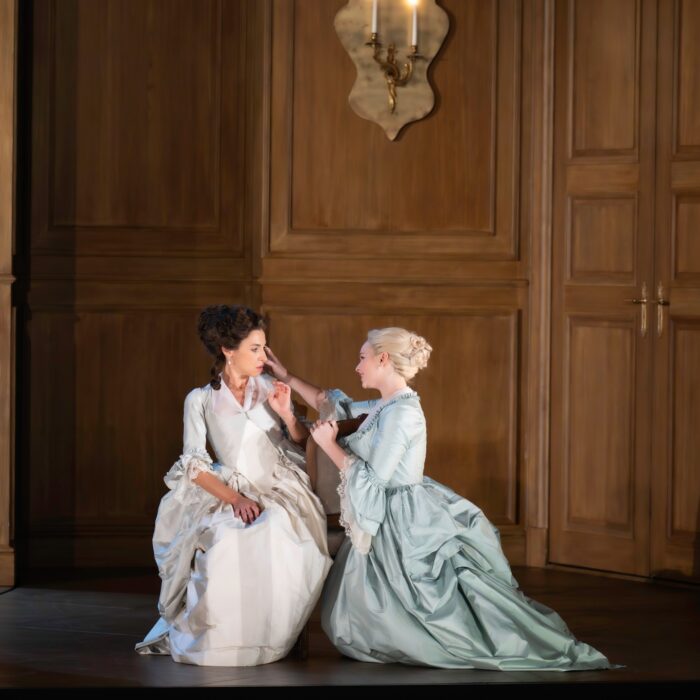
Opera Meets Film: How Carmen’s Famed Toreador Aria Develops Character in Colombian Classic ‘La Estrategia del Caracol’
By David Salazar“Opera Meets Film” is a feature dedicated to exploring the way that opera has been employed in cinema. We will select a section or a film in its entirety, highlighting the impact that utilizing the operatic form or sections from an opera can alter our perception of a film that we are viewing. This week’s installment features the Colombian classic “La Estrategia del Caracol.”
When we started off this feature, we did so with the intent of highlighting the inventive use of opera in film. Our first-ever selection was a strange and unknown Argentine film “Kekzallalu” which showcased “Bluebeard’s Castle” on a number of levels. After turning to a number of mainstream pop films, we turn back on the path of rare films, this time a Colombian classic, “La Estrategia del Caracol.”
For those unfamiliar with the film, it takes place in Bogotá where the private owners of a number of buildings have decided to evict all the tenants from one day to the next, leaving the lower-class residents without a place to go. The community living in buildings (dozens and dozens of people) decide to come up with a strategy to avoid becoming destitute.
The film really plays up the community aspect of seeing a number of characters come together to beat a ruthless and insensitive power. The operatic passage that shows up? Escamillo’s famous “A votre toast.” And while its famed melody makes for easy listening, here it is employed to describe and develop character.
Developing Character With Differing Presentation
It appears on two distinct occasions, the first of these coming when the major tenants are introduced, the music actually diegetic in its inclusion. In the ensuing scene, Jacinto, an intellectual Spaniard shows how his strategy could work at the famed Teatro Colón while a wind ensemble rehearses the very same Toreador aria.
In both instances, Jacinto is at the core of the “A votre toast” making an appearance. The Spaniard (and I can’t stress his nationality enough, as both the outsider and his relation to the characters in Carmen) puts on the LP recording of the opera in its first appearance and then signals to the musicians to start their own performance. In this way he becomes a central figure as both the orchestrator of the major plan and its true leader.
Moreover, the two differing versions of this same piece give us two different sides to Jacinto. In the first instance, the potent operatic recording we hear gives us a sense that he is powerful man with great intellectual insight and of a different cultural background to the other characters. No other character is seen listening to opera in the entire film.
When we head to the Colón scene, Jacinto furthers this connection of his great intellect by showing off his plan on a bigger stage. The music, of course, strengthens this connection, but the wind orchestration adds a softer element to it, giving us a sense of the suave nature of Jacinto. He is a potent voice with strength, but he is also a skillful man.


